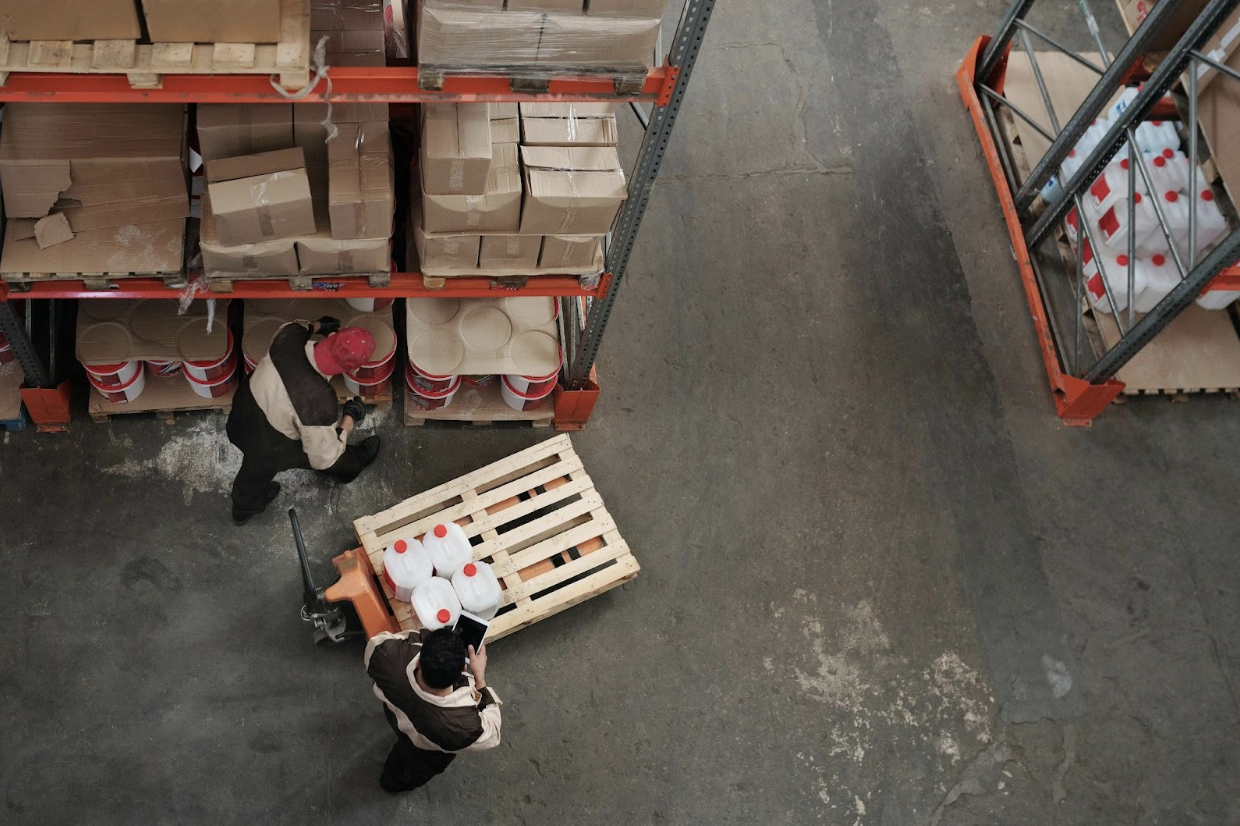What Makes Vertical Storage Solutions a Smart Choice for Modern Warehouses

Modern warehouses are under constant pressure to optimize efficiency, save space, and improve productivity. As demand for faster fulfillment grows, businesses must rethink how they use their existing floor areas. Traditional horizontal layouts are being replaced by vertical storage solutions that use height rather than expanding the footprint.
This method transforms how inventory is organized, accessed, and maintained. It supports automation, better safety standards, and long-term scalability. The shift toward vertical systems reflects a new era in warehouse design, where every cubic meter counts toward profitability and operational excellence.
Maximizing Space Without Expanding the Footprint
Vertical storage solutions take advantage of unused overhead areas, turning wasted airspace into productive storage. By stacking inventory upward, companies can store significantly more goods within the same square footage. This approach eliminates the need for costly facility expansions or off-site storage.
Warehouses with limited floor capacity can handle a higher inventory turnover without compromising accessibility. It creates an efficient balance between density and organization, keeping items easy to locate while saving valuable ground space for movement or equipment. Many modern warehouse owners see vertical storage as a cost-effective way to achieve greater storage capacity without acquiring new property.
Enhancing Safety and Reducing Workplace Hazards
Safety is a crucial concern in busy warehouse environments. As professionals from the Tiger Material Handling team suggest, traditional shelving and stacking can create risks if materials are not handled correctly or if aisles become cluttered. Vertical storage units, enclosed or automated ones, minimize the need for ladders and manual lifting.
This significantly reduces the chances of accidents related to falls or overexertion. Systems are designed with built-in safeguards, such as access control and ergonomic retrieval points, ensuring workers can handle materials safely. By keeping floors clear and organizing items vertically, warehouses maintain better traffic flow and reduce potential collisions between people and machinery.
Improving Inventory Accessibility and Workflow Efficiency
Well-designed vertical systems, such as automated vertical lift modules (VLMs) and carousels, make retrieving items faster and more accurate. Operators can quickly locate products through digital interfaces that move trays or racks automatically to their reach. This eliminates the wasted time associated with manual searching, walking, or climbing.
Many systems integrate with warehouse management software, streamlining tracking and restocking processes. Employees spend less time navigating aisles and more time fulfilling orders efficiently. This consistent, organized workflow improves daily productivity and reduces fatigue among workers, making vertical systems a reliable foundation for smooth warehouse operations.
Supporting Automation and Smart Technologies
Vertical storage aligns naturally with automation strategies that are redefining the logistics industry. When paired with robotic systems, barcode scanners, or AI-driven management tools, vertical units can function as automated hubs for picking and restocking. Integration with digital systems enhances accuracy and speeds up repetitive tasks such as counting or retrieval.
These smart systems can even predict stock requirements based on order patterns. Warehouses using automated vertical storage experience fewer human errors and maintain real-time visibility into inventory levels. As technology advances, combining vertical architecture with robotics and data analytics becomes an intelligent long-term investment.
Adapting to Seasonal and Business Growth Demands
One of the major strengths of vertical storage systems is their scalability. Businesses with fluctuating inventory needs, such as those in retail or e-commerce, benefit from the flexibility these systems provide. Vertical racks or lifts can easily be adjusted, expanded, or reconfigured to match seasonal demand without major infrastructure changes.
This adaptability allows companies to respond quickly to growth or changing market trends. When product lines increase, the warehouse can expand upward instead of outward, saving time and money on expansion projects. Vertical scalability supports short-term adjustments and long-term business evolution with minimal disruption.
Reducing Operational Costs and Environmental Impact
Using vertical storage contributes to cost savings across several areas. Less warehouse space means lower rent, heating, and maintenance costs. Automated vertical systems consume less energy than traditional lighting and climate control setups because they operate within defined, compact zones.
Inventory accuracy reduces waste from misplaced or expired goods, and optimized storage density can lower transportation emissions by centralizing more items in fewer locations. This approach aligns with sustainable business goals by conserving energy and minimizing unnecessary expansion. Warehouses that adopt vertical strategies create an eco-efficient model that benefits the business and the environment.
Vertical storage solutions redefine warehouse design by combining efficiency, safety, and adaptability. They transform underused vertical space into valuable operational zones, supporting automation and sustainable growth.
Vertical systems offer a reliable and forward-thinking foundation as industries evolve toward smarter, technology-driven logistics. Investing in this type of storage helps warehouses remain competitive, flexible, and ready to meet rising customer demands.






